Curious about secret Cold War bunkers hidden beneath cities like Moscow? Bunker 42 Moscow Russia was a top-secret Soviet command center ready for nuclear war. I’ll share with you five surprising secrets recently uncovered at this famous Cold War museum, showing its role in Soviet plans for atomic conflict.
These facts might shock you—keep reading to find out why!
Key Takeaways
Bunker 42, constructed between 1951 and 1956 beneath Moscow’s streets, served Stalin as a nuclear shelter—built to withstand intense nuclear blasts.
Sitting 65 meters underground, it covers 75,000 square feet, includes space for 600 occupants for up to a month, and has its own air filter system, water, and supplies.
You can reach the bunker easily by metro—just get off at Taganskaya station and walk about five minutes to the entrance.
The museum displays authentic Cold War items like gas masks, original missile launch guidelines, and functioning control panels—visitors can even handle some of these historic artifacts.
Starting in 2025, Bunker 42 plans to offer tours exploring newly opened sections, with fresh stories and unseen spaces, highlighting its hidden role during past nuclear threats.
Table of Contents
History of Bunker 42
Bunker 42 was built in the 1950s as a secret nuclear shelter for Stalin and Soviet leadership during the height of Cold War tensions with the United States. This massive underground complex, also known as the Tagansky Protected Command Point, served as a key strategic facility until 1986 when its military functions ended and it later opened to the public as a museum.
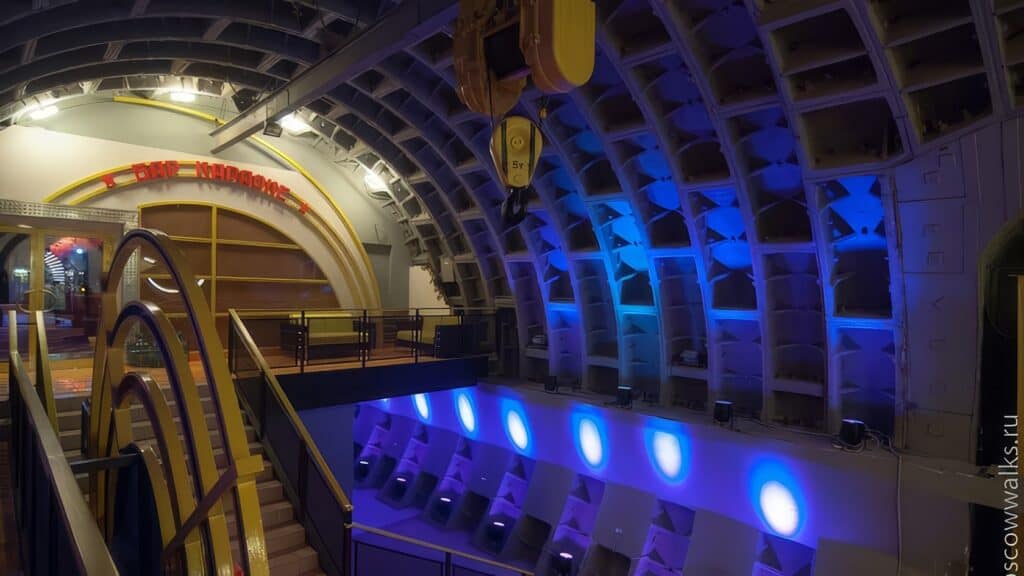
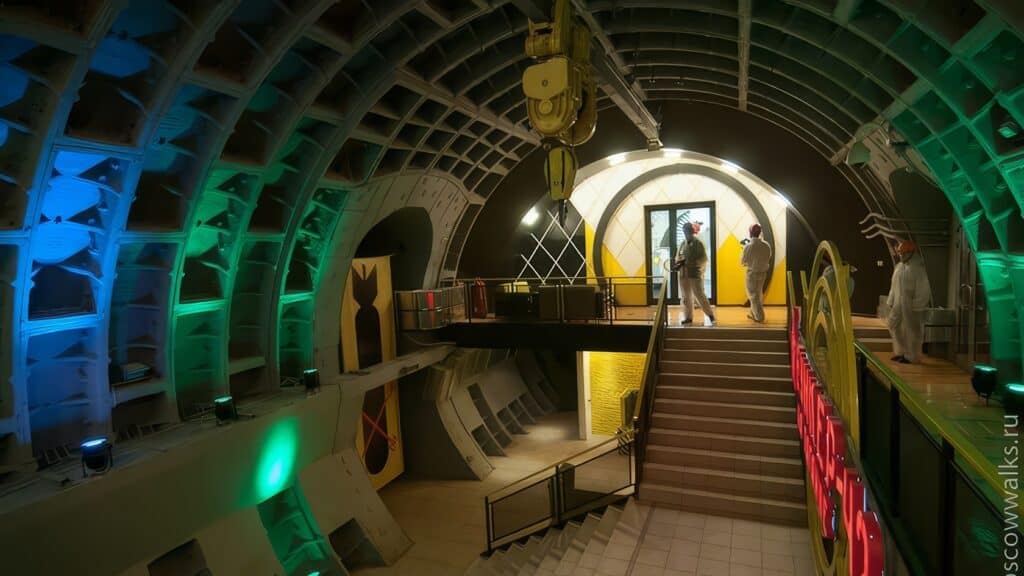
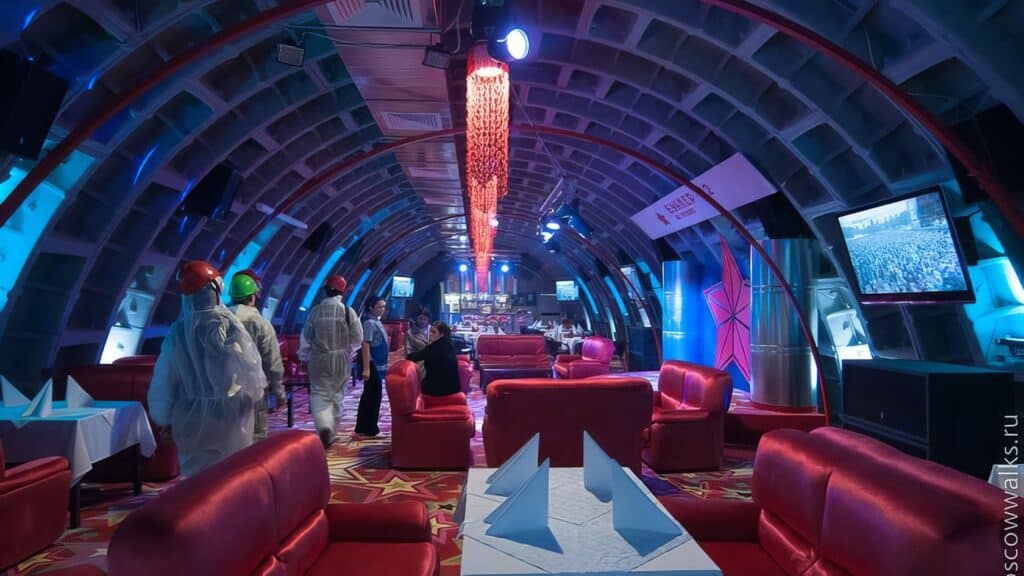
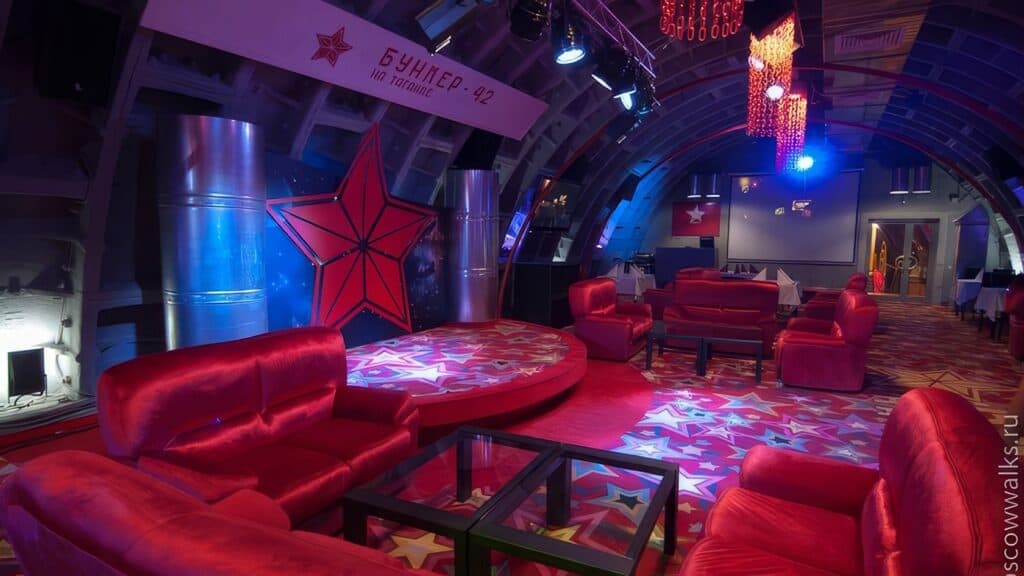
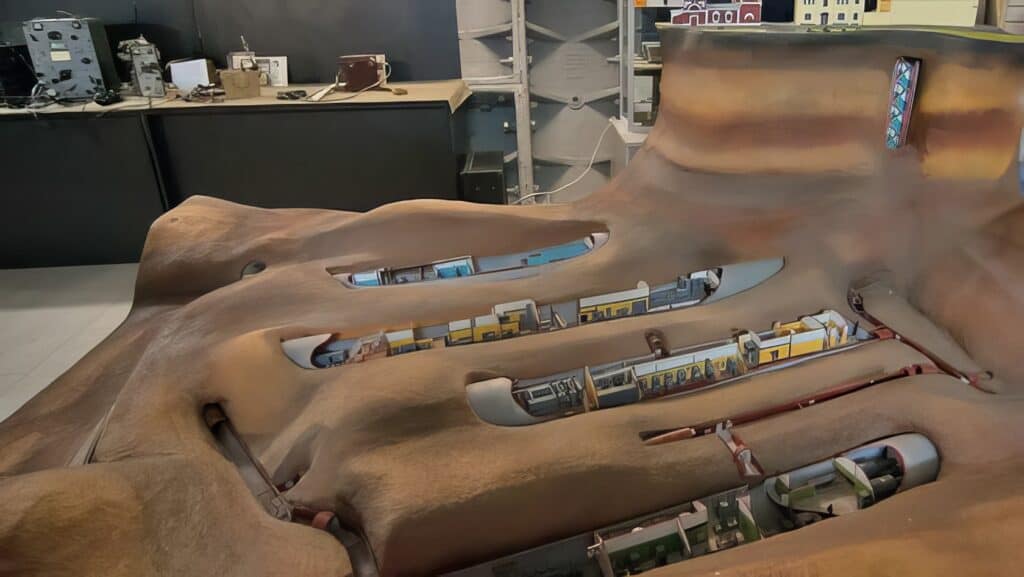
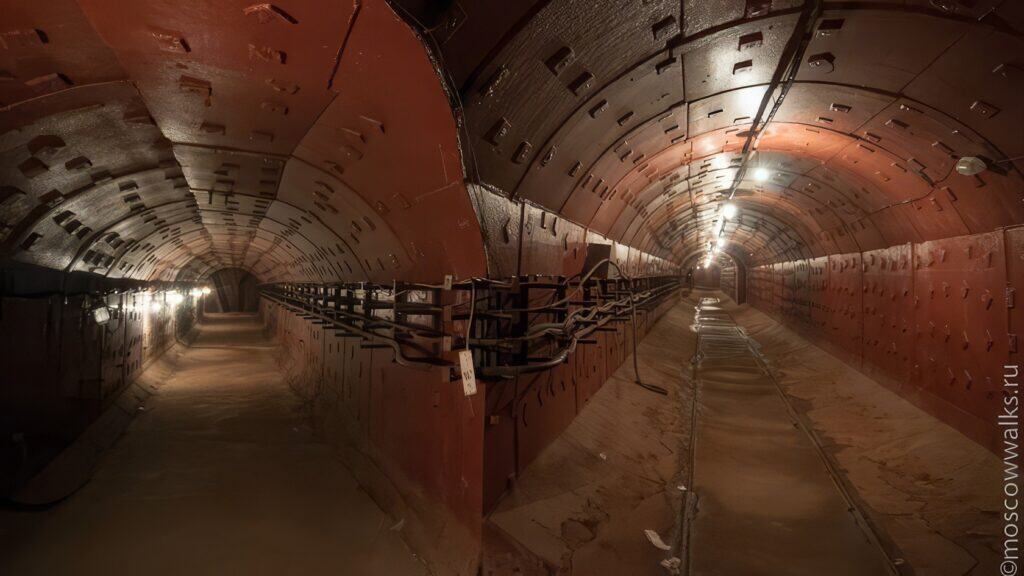
Construction and purpose during the Cold War
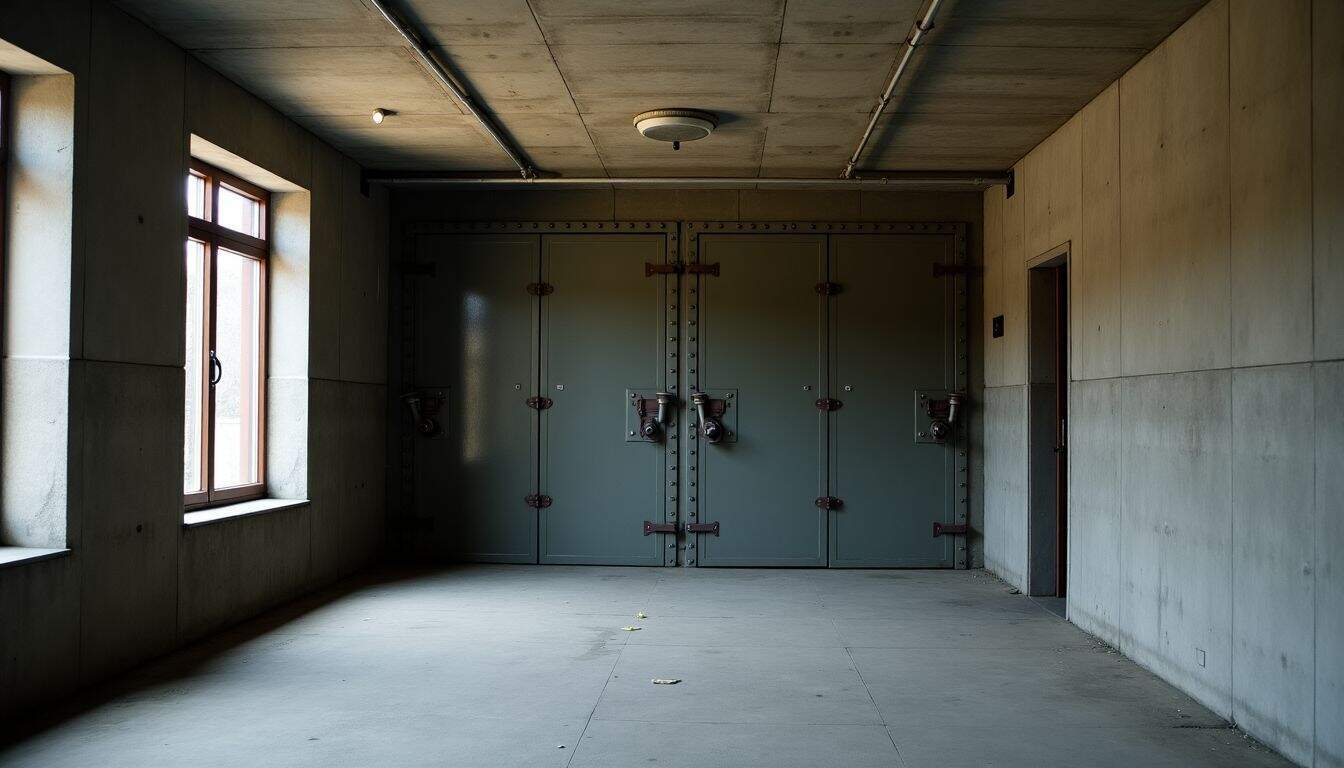
Between 1951 and 1956, Soviet leaders secretly constructed Bunker 42 amid peak Cold War tension. Hidden 65 meters beneath Moscow’s streets, this massive underground fortress spans 75,000 square feet.
Soviet officials planned to use the bunker as a central command site, directing nuclear bombers if war erupted with America. Thick concrete walls and reinforced blast doors protect the facility from nuclear blasts.
Officials picked the Tagansky district, so top leaders could quickly reach the base in emergencies.
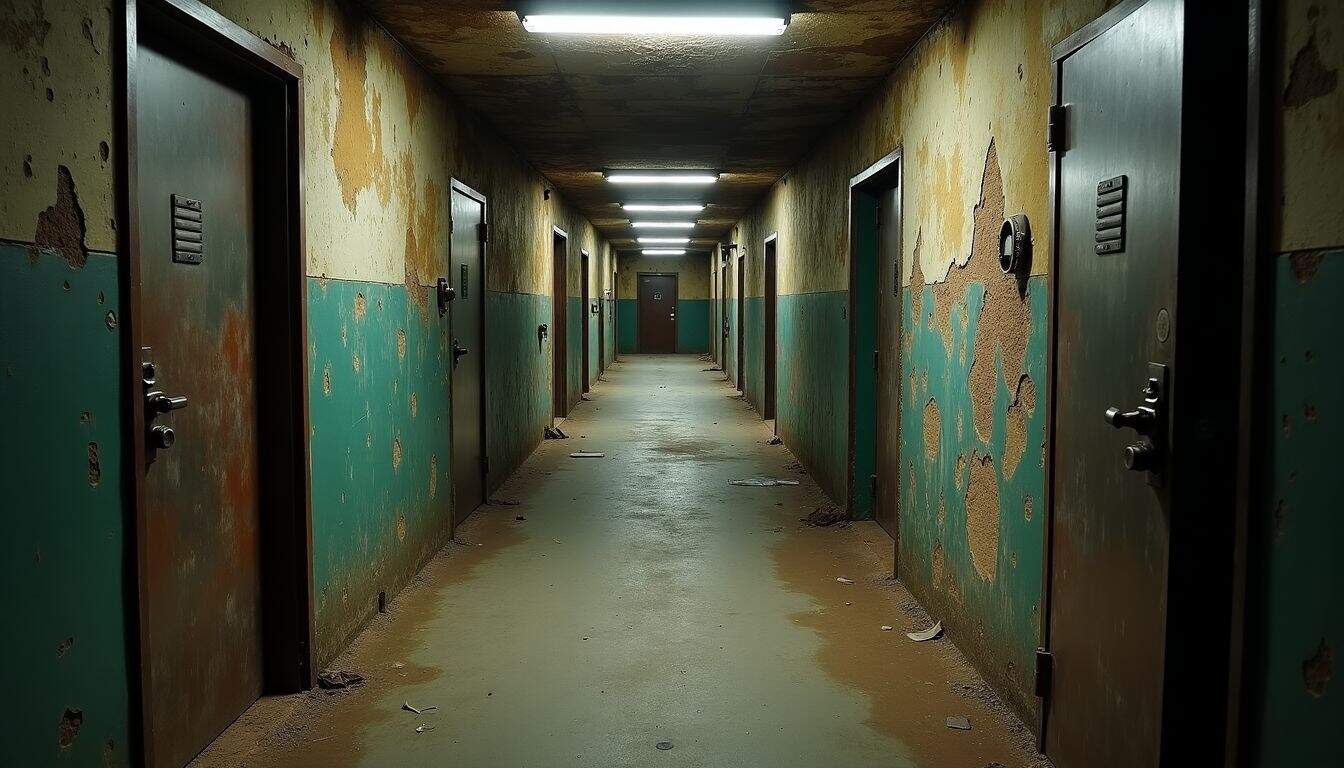
The Soviet Air Force built Bunker 42 to shelter 600 people for an entire month without outside assistance. Inside, residents could comfortably live, work, and withstand nuclear strikes safely.
Supplies, food storage areas, and effective air filtration systems ensured survival throughout the isolation period. Moscow’s planners positioned the bunker deep underground—to survive even direct nuclear hits.
By the 1980s, modern and more powerful nuclear weapons rendered the facility obsolete for its original task. Today, this former secret Cold War base serves as a popular museum, attracting curious visitors from around the globe.
Transition to a museum

In 2025, Bunker 42 shifted from a secret Cold War shelter to a public museum. This landmark transition revealed one of Moscow’s best-kept Soviet secrets, hidden in the Yakimanka district.
Today, it welcomes curious visitors eager for a close-up look at genuine history from the Cold War era. Just last month, I wandered through its dense concrete corridors, sensing the lingering tension of nuclear fears that once gripped this place.
Original artifacts sit beside life-sized statues of important Soviet leaders who worked right here.
Now, the bunker doubles as a museum and a restaurant—imagine sampling Russian dishes while immersed in Cold War surroundings. Kids especially enjoy interactive military games, which offer a playful way to understand history’s tense moments.
The command center still looks exactly like it once did, fully prepared for a potential atomic conflict with the West. Tour guides vividly describe how this hidden fortress could’ve become Moscow’s last safe haven during nuclear war.
Visiting this place makes Soviet history feel immediate and alive—something you can’t get through Wikipedia alone.
Location and Accessibility
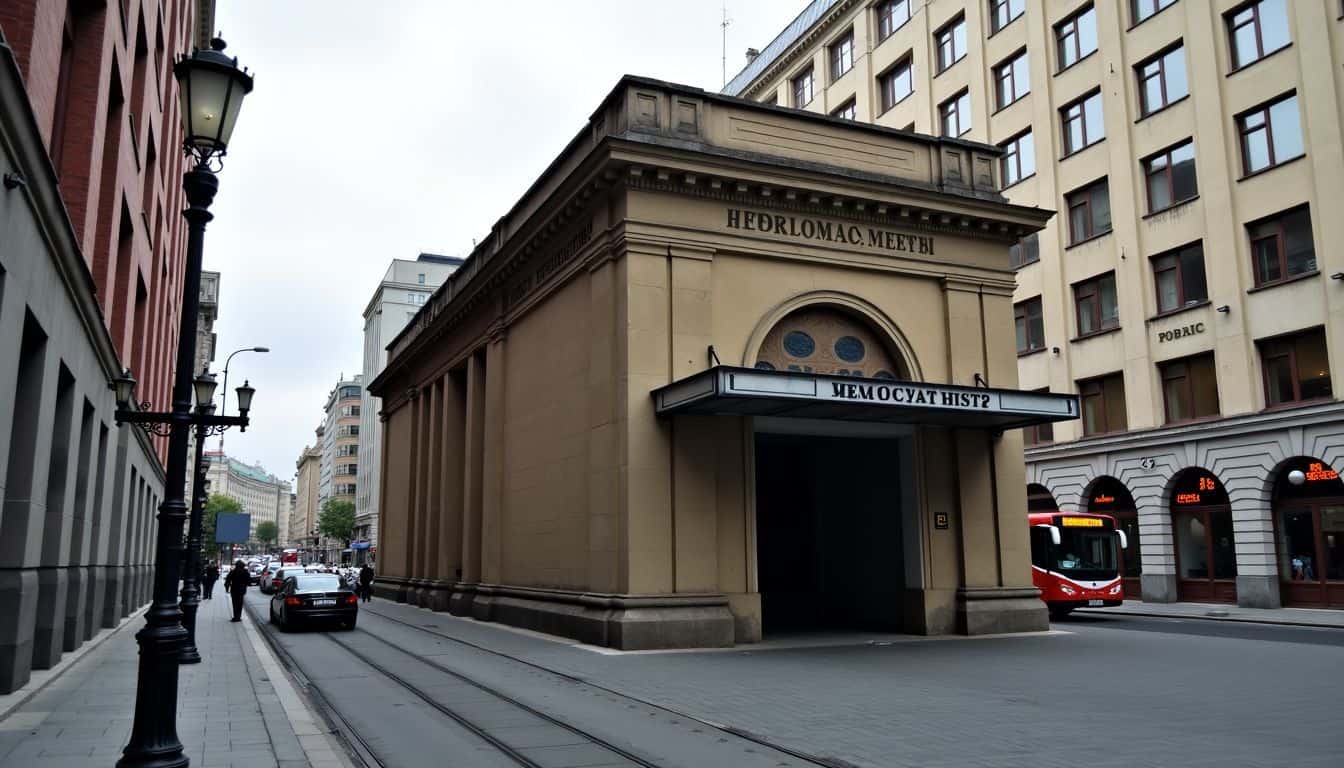
Bunker 42 sits just steps from the Taganskaya metro station in downtown Moscow. Visitors can reach this Cold War relic by subway, bus, or taxi – making it an easy stop during your Russia trip.
Central location in Moscow

Right in central Moscow, at 5th Kotelnichesky Lane, 11, lies Bunker 42—a fascinating relic from the Cold War era. You can reach it by taking a short five-minute stroll from the Taganskaya Metro station, a convenient stop if you’re exploring Soviet history around the city.
Its exact coordinates are 55.741735°N latitude and 37.649277°E longitude—if you want to pinpoint the spot precisely.
With its central and convenient location, Bunker 42 fits easily into a day of sightseeing around Moscow. You could visit other historical landmarks located nearby or simply explore the local neighborhoods before returning to your hotel afterward.
Its location is no accident either, since planners built the structure as a direct response to fears of nuclear war during the atomic age. Many travelers like to pair their tour of Bunker 42 with visits to other local historic sites—or even include it within broader itineraries when exploring countries in Europe to get a Visa.
Transport options for visitors
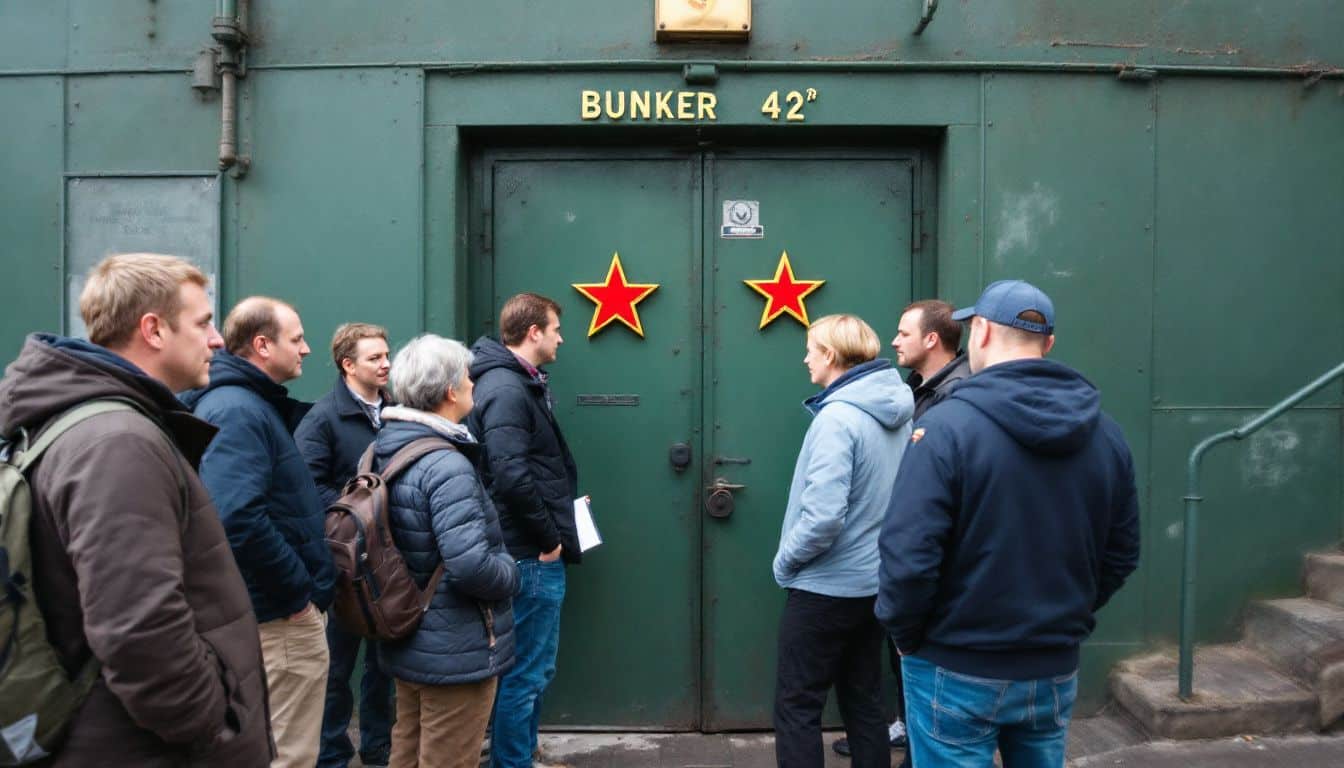
Visiting Moscow’s Bunker 42 is easier than you might think, with several quick ways to get there. Located just a short distance from central transit points, this Soviet nuclear shelter is simple to reach.
- Taking the metro is usually quickest—Taganskaya station is only a five-minute walk away, and trains arrive often from all major city areas.
- From Taganskaya metro, exit toward Goncharnaya ulitsa, turn onto 5-y Kotelnicheskiy pereulok, and look for the green metal door showing a Soviet red star.
- City buses also stop near Bunker 42, but most Cold War enthusiasts prefer the quicker, more direct metro route.
- Taxis or ride-sharing apps offer convenience, especially for groups or if you’re staying nearby and want door-to-door ease.
- Many tours include transportation from central points in Moscow, making travel simple and combining it with a guided visit to this historic nuclear museum.
- An interesting detail—Bunker 42 connects directly to the Moscow metro system, designed strategically by Soviet planners for quick shelter access.
- You’ll need staff to let you inside, though, so allow for a short wait by the green door with that distinct Soviet-era red star.
Attractions Inside Bunker 42
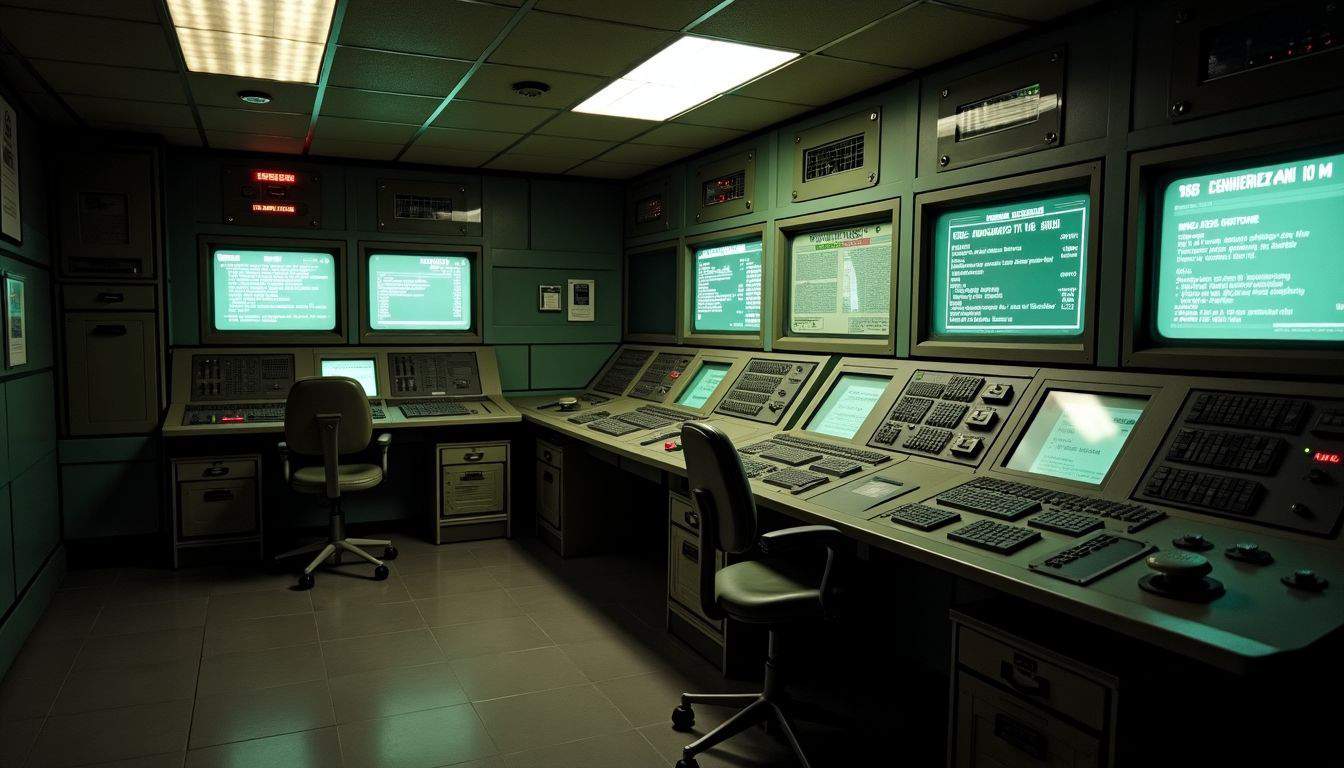
Bunker 42 houses rare Cold War relics that show how close the world came to atomic war. Visitors can touch actual launch buttons and see the command center where Soviet leaders would have directed nuclear strikes against the West.
Cold War exhibits and artifacts
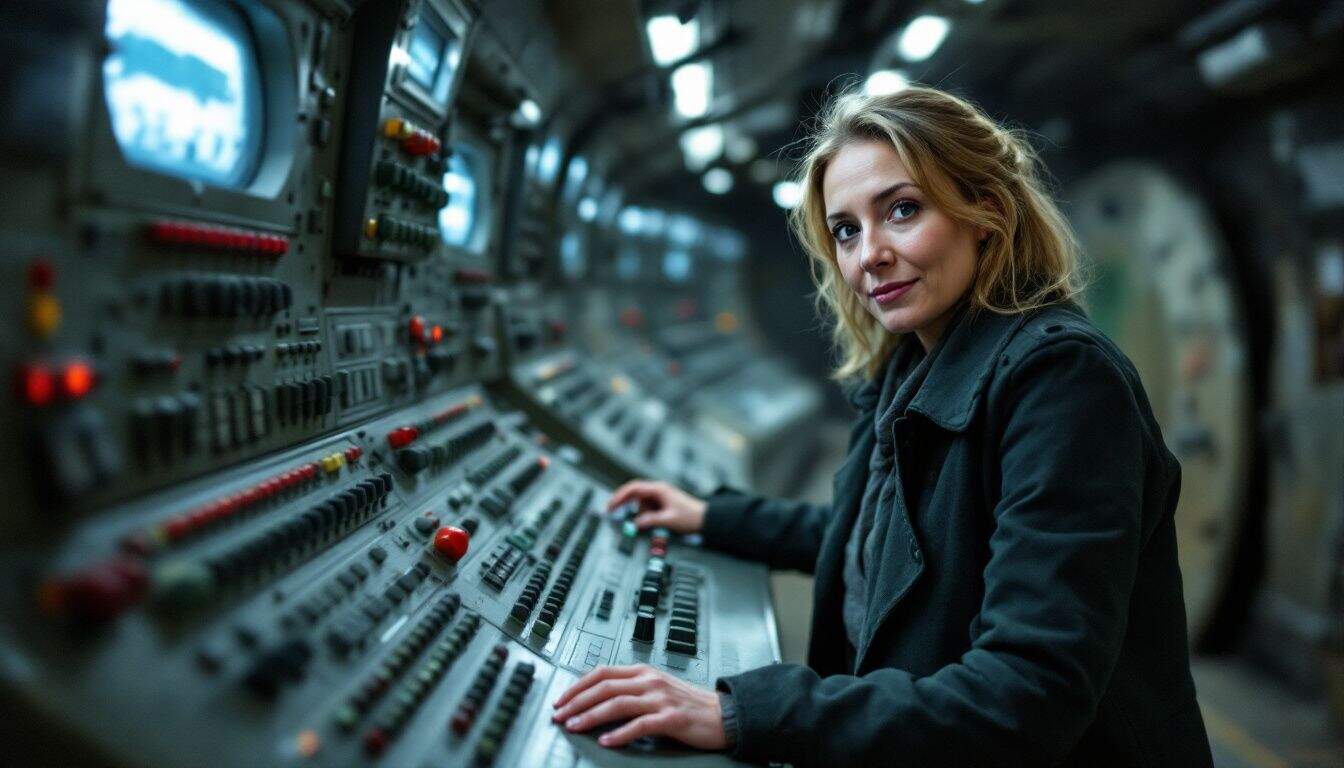
Hidden beneath Moscow’s streets, Bunker 42 holds an incredible collection of Soviet-era artifacts, each piece telling a vivid story of nuclear tensions. Visitors can examine authentic control panels actually used during critical Cold War standoffs between the Soviet Union and America.
On display are original communication devices, gas masks, and military uniforms worn by Soviet officers on duty.
Standing there, I felt stunned staring at detailed missile launch instructions posted along the walls—real procedures that could have sparked atomic war. One display, particularly intense, simulates a nuclear explosion, complete with realistic sounds and vivid special effects that get your pulse racing.
These artifacts don’t just show history – they let you feel how close Moscow came to nuclear conflict.
Unlike a typical museum, this one invites you to touch certain military equipment and even sit at command posts where Soviet officers once waited and prepared for potential attacks.
Concrete walls display maps pinpointing possible nuclear targets worldwide, each marked with unsettling accuracy. Knowledgeable tour guides break down the specifics, clearly explaining how each object fit into the Soviet Union’s nuclear defense strategy.
Every exhibit here links directly back to the bunker’s original goal: shielding important Moscow officials during a nuclear strike from western countries.
Interactive tours and experiences
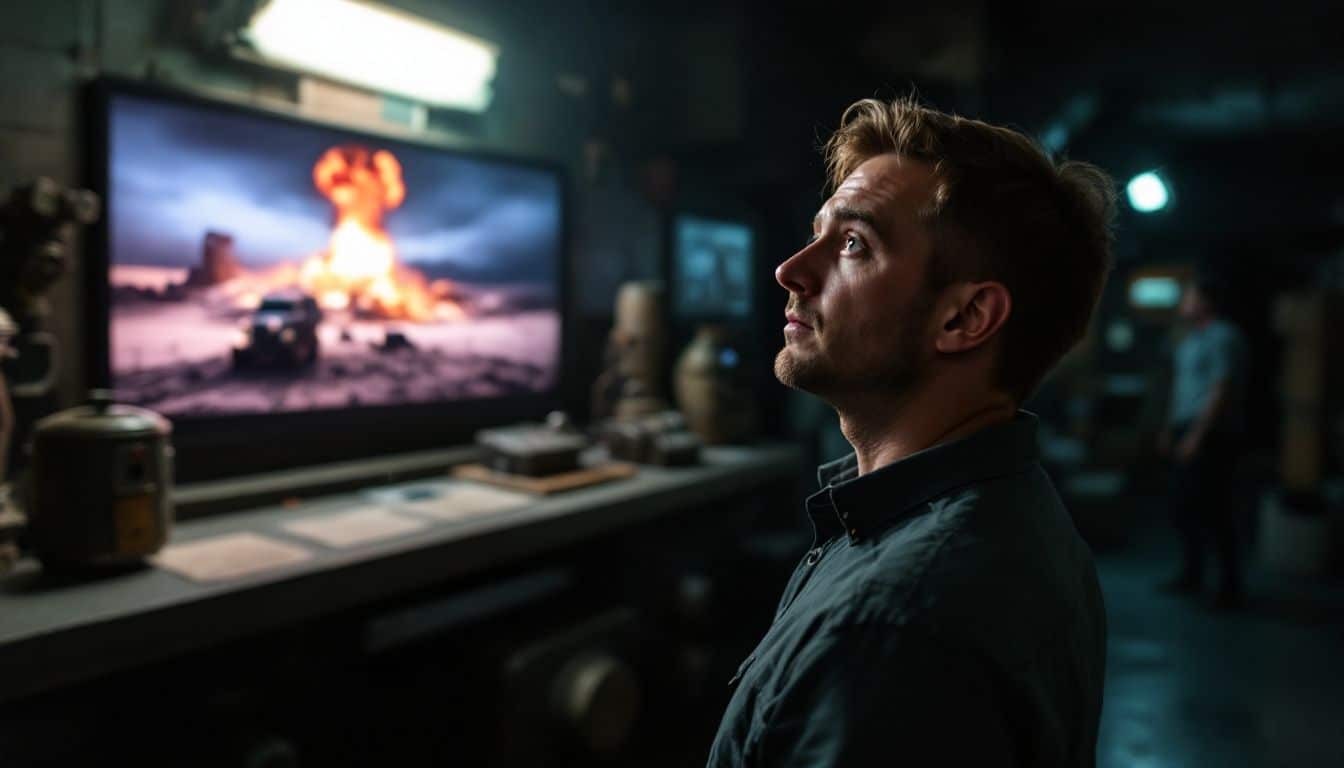
Bunker 42 delivers exciting Cold War tours, putting you directly into history. Step into the Cuban Missile Crisis through interactive displays that bring history alive. The nuclear bomb simulation shakes you up—you’ll sense exactly what our parents faced during those tense days.
Guides speak fluent English, so you’ll catch all the fascinating details about Moscow’s buried stories. Adult tickets range from 1,800 to 2,800 rubles, and student rates are available, making this attraction easier on your wallet.
Standing inside as those blast-proof doors sealed shut behind me—it felt real, just like an actual Cold War drill.
Tours at Bunker 42 follow exact schedules, so make sure to book ahead for this one-of-a-kind Russian adventure. To enter, spot the three-story yellow building with a green gate and a bright red star.
Once inside, you’ll explore a sprawling area of 7,000 square meters dedicated to Cold War history. Situated 165 feet beneath Moscow’s busy streets, this nuclear shelter conveniently connects to Russia’s metro system.
Exhibits here stretch way beyond traditional museum displays—with remarkable details that will leave you surprised and intrigued.
Unique Features of the Museum
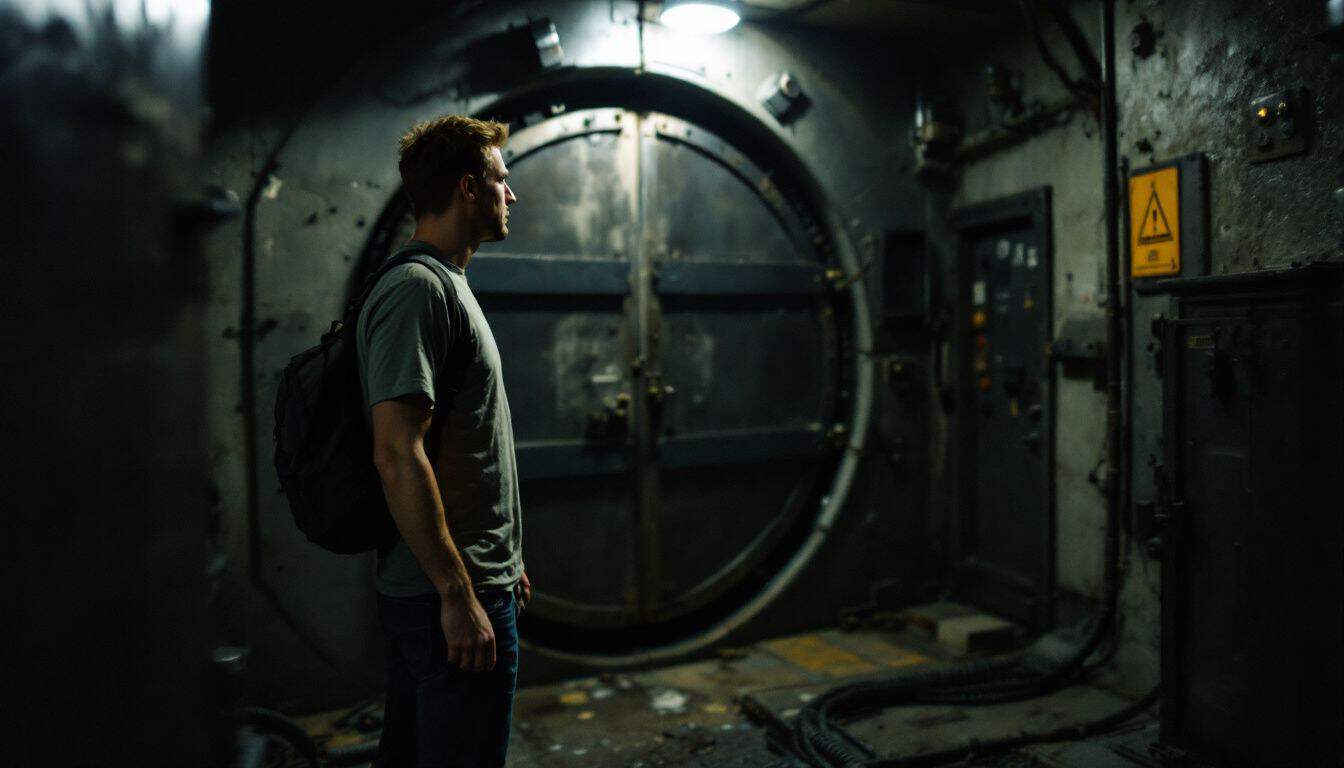
Bunker 42 stuns visitors with its massive steel doors and concrete walls built to withstand nuclear blasts. The museum’s hidden tunnels connect to Moscow’s metro system, a feature that kept Soviet officials safe during the Cold War.
Underground design and architecture
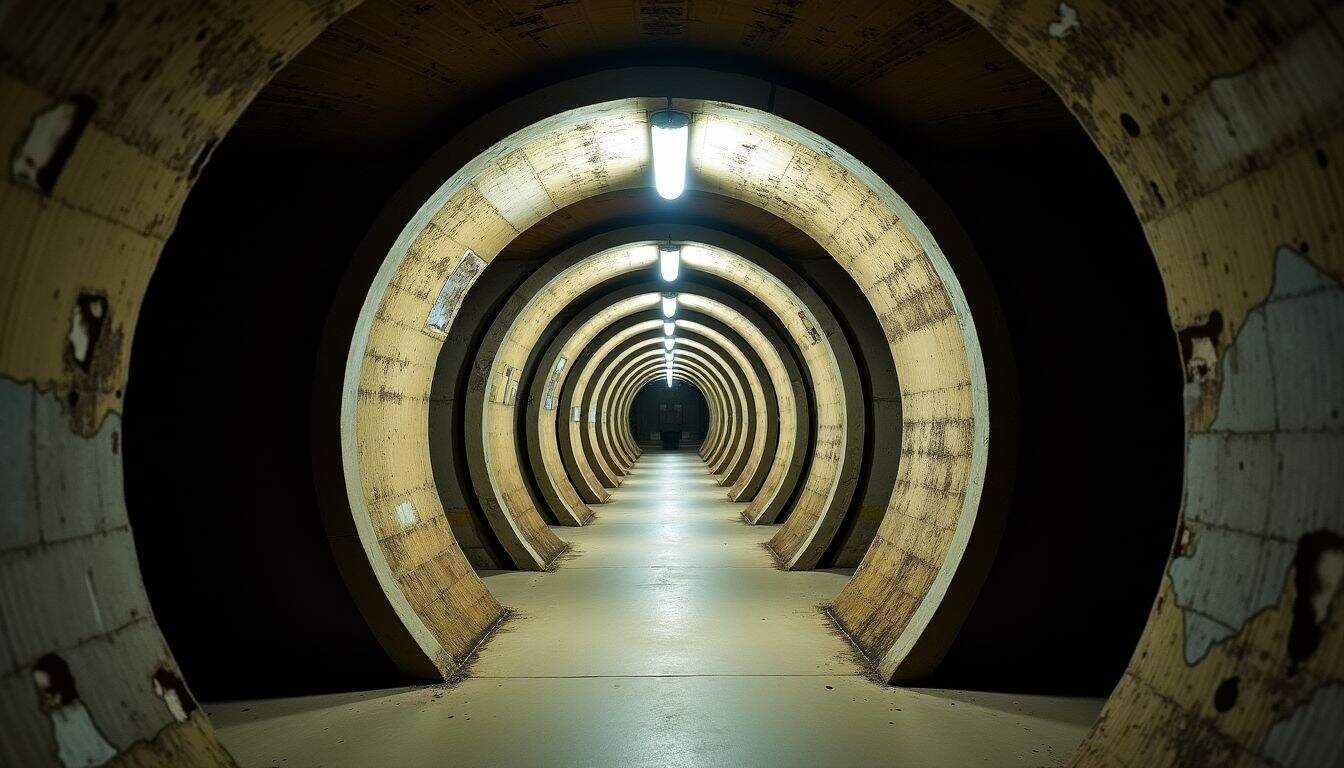
Sixty-five meters beneath Moscow’s crowded streets sits Bunker 42. Covering 7,000 square meters, the massive underground shelter copies the building methods used for Moscow’s subway system.
Four interconnected steel-ringed tunnels, linked by narrow passageways, form an elaborate, maze-like structure built to survive nuclear explosions. As I wandered through the dimly lit corridors during my visit, I felt the heavy presence of Cold War history at every turn.
The true genius of Soviet engineering lies not in what you can see, but in what remains hidden beneath your feet.
Inside, the air stays clean and breathable, thanks to an advanced recycling system, originally created during peak nuclear tensions. If an attack ever happened, this life-support system could keep 30,000 people alive for as long as three months.
Officials could quickly travel by direct connection from Moscow’s metro lines to this underground command center. Steel-coated walls and thick concrete barriers clearly reveal how deeply the Soviet Union feared America’s nuclear threat.
Stalin’s secret command post
Hidden deep beneath Moscow, Bunker 42 holds Stalin’s secret command center—a chilling echo of Cold War tension. Located exactly 65 meters under the bustling streets of Russia’s capital, this shelter once stood ready to manage Soviet nuclear strikes.
Inside, you’ll find the original control equipment alongside Stalin’s private office. Visitors today can step into rooms where Soviet military leaders debated critical life-or-death moves amid fierce standoffs with Western nations.
Constructed carefully with thick concrete barriers and advanced air filtration systems, the bunker could withstand a nuclear blast. In an emergency, Stalin and thousands of others could stay locked underground safely for 30 days, fully stocked and independent.
Two private artesian wells guaranteed fresh water for the entire complex. Walking through these historic chambers gave me chills—I realized that world-changing nuclear decisions may have unfolded here, in that very spot.
Many hotels around Moscow’s Tagansky district provide convenient accommodations close to this remarkable Cold War landmark.
How Will Bunker 42 Tourism Transform in 2025?
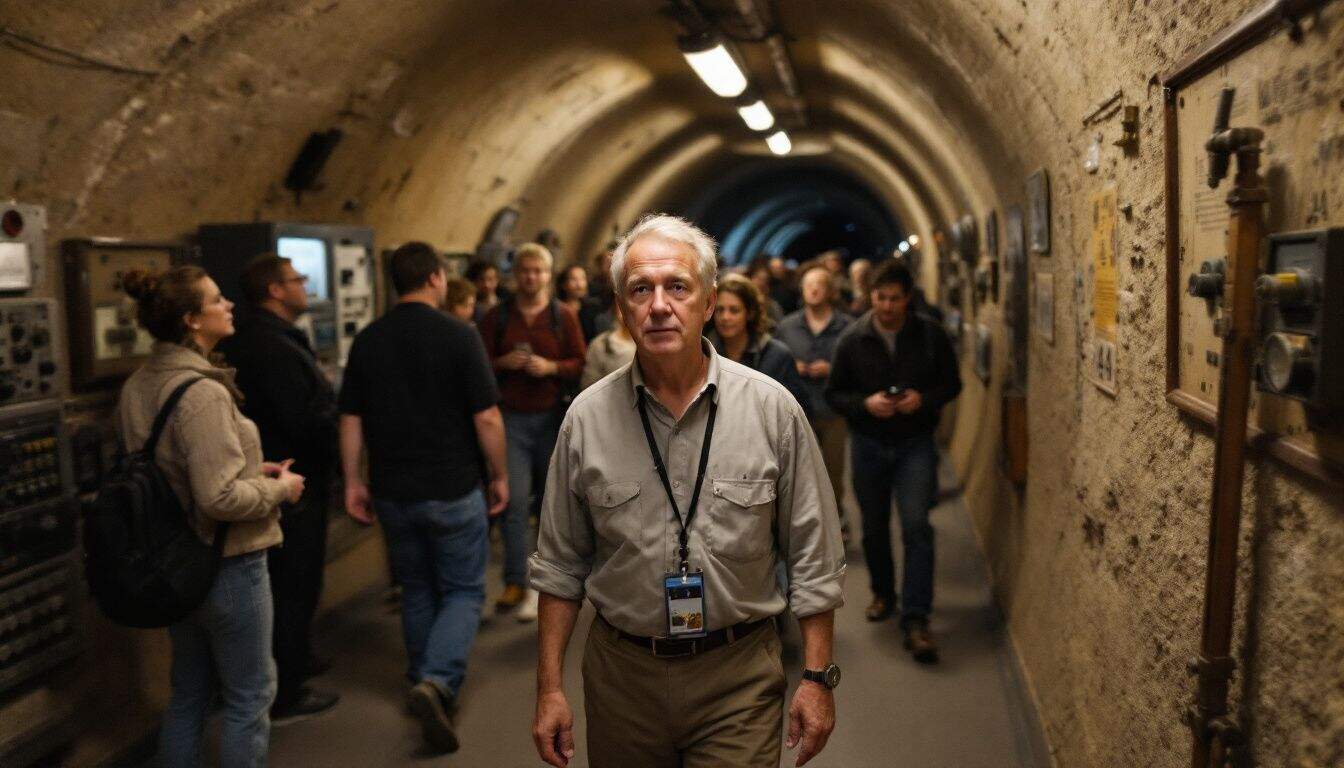
Bunker 42 is set to spice up Moscow tourism in 2025, launching five secretive new tours. These fresh experiences will reveal parts of the bunker unseen since Cold War days. Tourists can explore how the site operated during nuclear threats, getting a clearer picture than ever before.
The museum plans to blend real historical insights with interactive, movie-inspired fun—drawing inspiration from classics like “Dr. Strangelove”. Guides will share previously untold stories about the actual use and purpose of this once-secret facility.
Wealthy Russians and travelers from abroad will likely rush to check out these newly opened areas beneath Moscow’s busy streets.
The updated exhibits will showcase unique Cold War artifacts, explained through modern technology rather than dull historical speech. Each new tour offers visitors a different angle on Russia’s nuclear defense system.
Guests will discover precisely how Bunker 42 planned to shelter top officials during a nuclear crisis. Museum curators have creatively transformed the complex topic of Cold War history into engaging activities attractive to serious historians and curious casual visitors alike.
Fans of military topics might also enjoy learning about Ukrainian female soldiers.
People Also Ask
What is Bunker 42 in Moscow, Russia?
Bunker 42 is a hidden Cold War structure deep beneath Moscow’s streets. Soviet leaders built it to shelter themselves if nuclear war broke out. Today, it’s a museum showcasing Russia’s military history and offering visitors a fascinating glimpse into the past.
What new secrets were found in Bunker 42 in 2025?
In 2025, explorations inside Bunker 42 uncovered five previously unknown Cold War secrets. These included concealed communication equipment and nuclear-response plans kept hidden from the public for decades.
How deep is Bunker 42 located beneath Moscow?
The bunker lies roughly 65 meters beneath Moscow. Soviet planners chose this exact depth to protect occupants from nuclear blasts during tense standoffs between Russia and Western nations.
Can tourists visit Bunker 42 in Moscow?
Yes, tourists can visit Bunker 42 and experience an authentic Cold War site right in Moscow. Guided tours take visitors through rooms filled with Soviet-era gear and recently revealed secret sections, discovered during the 2025 exploration.

That just made the bucket list.